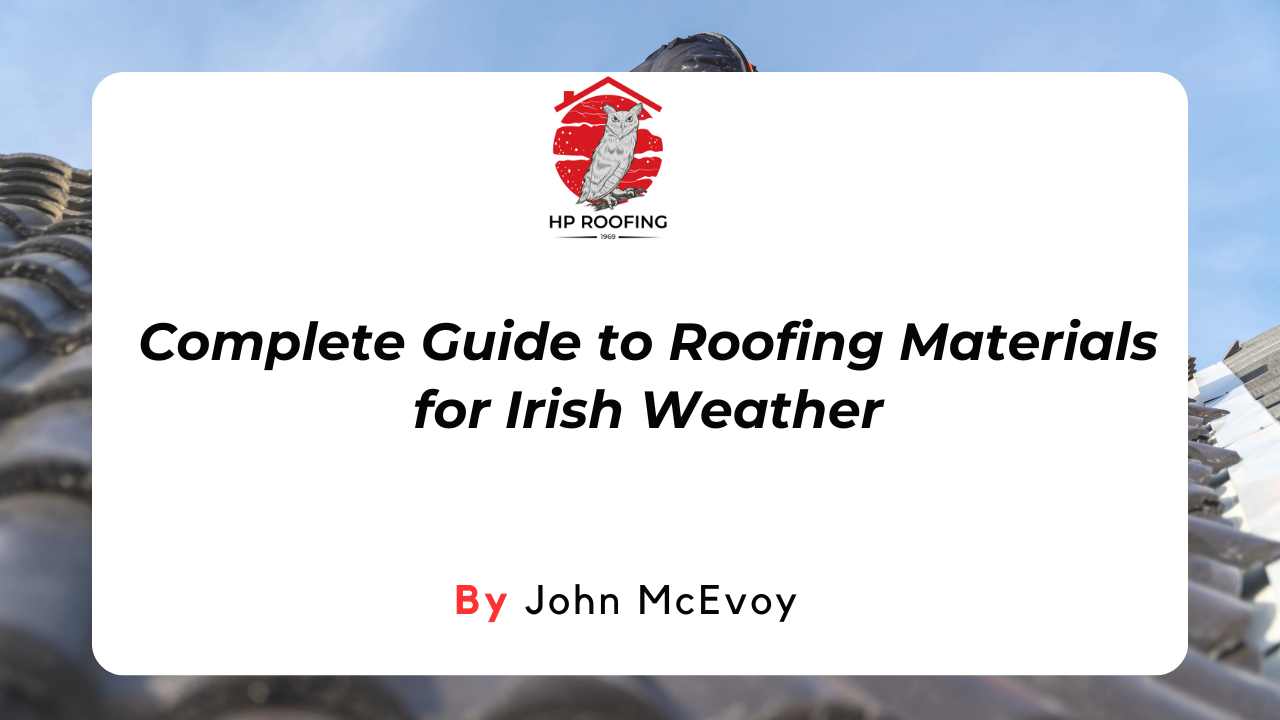Do you suspect your roof has soft spots or is sagging? This can be a serious issue that needs immediate attention to prevent further damage and ensure your home remains safe.
In this blog, we’ll guide you through the steps to identify the problem, take immediate action, and explore both temporary and long-term solutions. We’ll also share preventive measures to avoid future issues and help you understand when to call in a professional.
So, let’s get started and tackle this problem!
How Can You Spot Soft Spots and Sagging on Your Roof?
Spotting soft spots and sagging in your roof early can save you from bigger problems later. Here are five clear signs to watch out for:
Dips or Low Spots:
Look for any areas on your roof that seem to dip or sag. These are clear signs that the roof might be weak in those spots.
Uneven Roof Lines:
Stand back and look at the lines of your roof. If they look wavy or uneven, this could mean there are issues underneath.
Water Stains:
Check your ceiling and walls for water stains. These can show up as dark spots or streaks and usually mean there’s a leak in the roof.
Moisture Marks:
Look in your attic for any signs of moisture, like damp or mouldy spots. These can be a warning that water is getting in through the roof.
Missing or Damaged Shingles:
If you notice shingles that are cracked, curled, or missing, this can be a sign that the roof is not holding up well and might be soft in places.
What Causes Soft Spots and Sagging in Your Roof?
Understanding what causes soft spots and sagging in your roof can help you prevent them. Here are five common causes:
Water Damage:
This is one of the biggest reasons roofs get weak. Leaks or pooling water can cause the materials to rot and break down.
Ageing Materials:
Over time, roofing materials become thin. Even the best roofs will eventually need repair or replacement as they get old.
Poor Installation:
If your roof wasn’t installed correctly, it might not be as strong as it should be. This can lead to weak spots and sagging over time.
Heavy Snow or Rain:
Too much weight from snow or too much water from rain can stress the roof. This can cause it to sag or develop soft spots.
Structural Issues:
Problems with the structure of your home, like weak beams or supports, can lead to a sagging roof. The roof needs a strong base to stay in good shape.
What Should You Do First If You Notice a Problem?
If you notice soft spots or sagging in your roof, it's important to act quickly to prevent further damage. Here are the first 5 immediate steps you should take:
Safety First: Evacuate the Area
Ensure everyone stays away from the affected area to avoid any potential harm. Safety should always be your top priority.
Conduct a Preliminary Inspection
Carefully check the roof from a safe distance. Look for visible signs of damage, such as dips, missing shingles, or water stains. This will help you understand how severe the problem might be.
Document the Damage
Take clear photos of the affected areas. This documentation will be helpful when discussing the problem with professionals and for insurance claims.
Cover the Affected Area
Use a tarp or heavy-duty plastic to cover the damaged section. This temporary fix can help prevent further water damage until professional help arrives.
Inform Your Insurance Company
Contact your homeowner’s insurance company to report the issue. They may provide guidance on the next steps and help cover the repair costs.
Who Should You Contact for a Professional Assessment?
Once you've taken the initial steps to secure your home, it's time to bring in a professional. Here's who you should contact:
Licensed Roofing Contractor
Reach out to a licensed roofing contractor, like HP Roofing, for a thorough inspection. We have the expertise to accurately assess the damage and recommend the best course of action.
Structural Engineer
In some cases, it might be wise to consult a structural engineer. They can check if the damage has affected the integrity of your home's structure, ensuring that your roof repair will be safe and effective.
Insurance Adjuster
Schedule a visit from your insurance adjuster. They will evaluate the damage and determine how much of the repair cost your insurance will cover. Make sure to have your documentation ready.
Roof Repair Specialist
For specialised repairs, a roof repair specialist such as HP Roofing can provide targeted solutions. We have the skills and tools needed to fix specific types of damage, ensuring the problem is resolved correctly.
Local Building Inspector
Finally, contact your local building inspector. They can verify that all repair work meets local building codes and standards, ensuring that your home is safe and secure.
What Are the Temporary Solutions to Prevent Further Damage?
When you notice soft spots or sagging in your roof, taking quick temporary measures can prevent further damage. Here are some steps you can take:
Tarp the Roof
Cover the damaged area with a heavy-duty tarp. Secure it tightly to prevent water from seeping through. This will help keep your home dry until professional repairs can be made.
Seal Leaks
Use roofing sealant or caulk to temporarily seal any visible leaks. This can help reduce water damage and buy you some time until a roofer can fix the issue properly.
Provide Support to Weak Areas
Place plywood or other sturdy materials under the sagging sections for extra support. This can help prevent the roof from collapsing and provide temporary stability.
Clear Debris
Remove any debris, such as branches or leaves, from the roof. This will reduce extra weight and prevent additional damage. Be careful and ensure your safety while doing this.
Use Buckets to Catch Water
Place buckets or containers under any leaks inside your home. This will help catch water and prevent it from damaging your floors and furniture.
How Can You Minimise Risks Inside Your Home?
Protecting the inside of your home is important when dealing with roof problems. Here are steps to minimise risks:
Relocate Valuables
Move any valuable items, such as electronics, important documents, and cherished belongings, away from the affected area. This will protect them from potential water damage.
Ensure Homeowners' Safety
Make sure everyone in your home stays away from the damaged roof area. If necessary, use barriers or caution tape to mark the unsafe zone and prevent accidents.
Use Plastic Covers
Cover furniture and other important items with plastic sheets. This will provide an extra layer of protection against water leaks and debris.
Turn Off Electricity in Affected Areas
If water is leaking near electrical outlets or appliances, turn off the electricity in those areas to prevent electrical hazards. Safety should always come first.
Monitor the Situation
Keep a close eye on the affected area for any changes. Regularly check for new leaks or worsening damage. Being attentive will help you take quick action if the situation get worse.
What Are the Common Repair Methods for Soft Spots and Sagging Roofs?
When dealing with soft spots or sagging roofs, there are several repair methods to consider. Here are some of the most common:
Reinforcement
Adding Support Beams:
This involves installing extra beams to strengthen the roof structure. It’s a good option if the damage is not too severe and the overall structure is still sound.
Adding Trusses:
Trusses can provide additional support to the roof. They help distribute the weight evenly and prevent further sagging.
Replacement of Damaged Sections
Partial Replacement:
If the damage is localised, you can replace just the affected sections of the roof. This is less expensive than a full replacement and can extend the life of your roof.
Full Roof Replacement:
When the damage is extensive, replacing the entire roof might be necessary. This ensures that all weak spots are addressed and gives you a brand-new, well built roof.
Reshaping the Roof
Jack Rafters:
Installing jack rafters can help reshape and support sagging parts of the roof. This method can correct dips and strengthen the overall structure.
Resealing and Waterproofing
Applying Sealants:
Resealing the roof with waterproof materials can prevent leaks and further water damage. This is often done after reinforcing or replacing damaged sections.
Installing Waterproof Membranes:
Adding a waterproof membrane under the roofing material can provide extra protection against moisture.
Replacing Shingles or Tiles
Damaged Shingles:
If only a few shingles are damaged, replacing them can prevent leaks and protect the underlying structure. It’s a quick fix that can make a big difference.
Conclusion
Dealing with soft spots or sagging in your roof is important to prevent further damage and ensure your home’s safety. By identifying the signs early, taking immediate action, and understanding the causes, you can address the issue effectively. Temporary solutions can help manage the problem until professional repairs are made.
Choosing the right repair method, whether by giving support or replacement, is key to maintaining a strong roof.
For a thorough inspection and expert repair services, contact HP Roofing. We have the expertise to keep your home safe and secure. Call HP Roofing today to schedule your professional roof assessment!
















